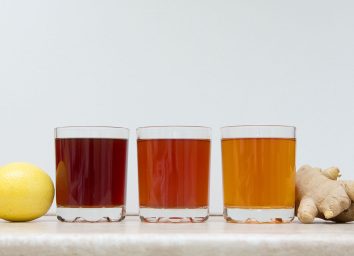#1 Best Eating Habit for a Lean Body After 50, Says Dietitian
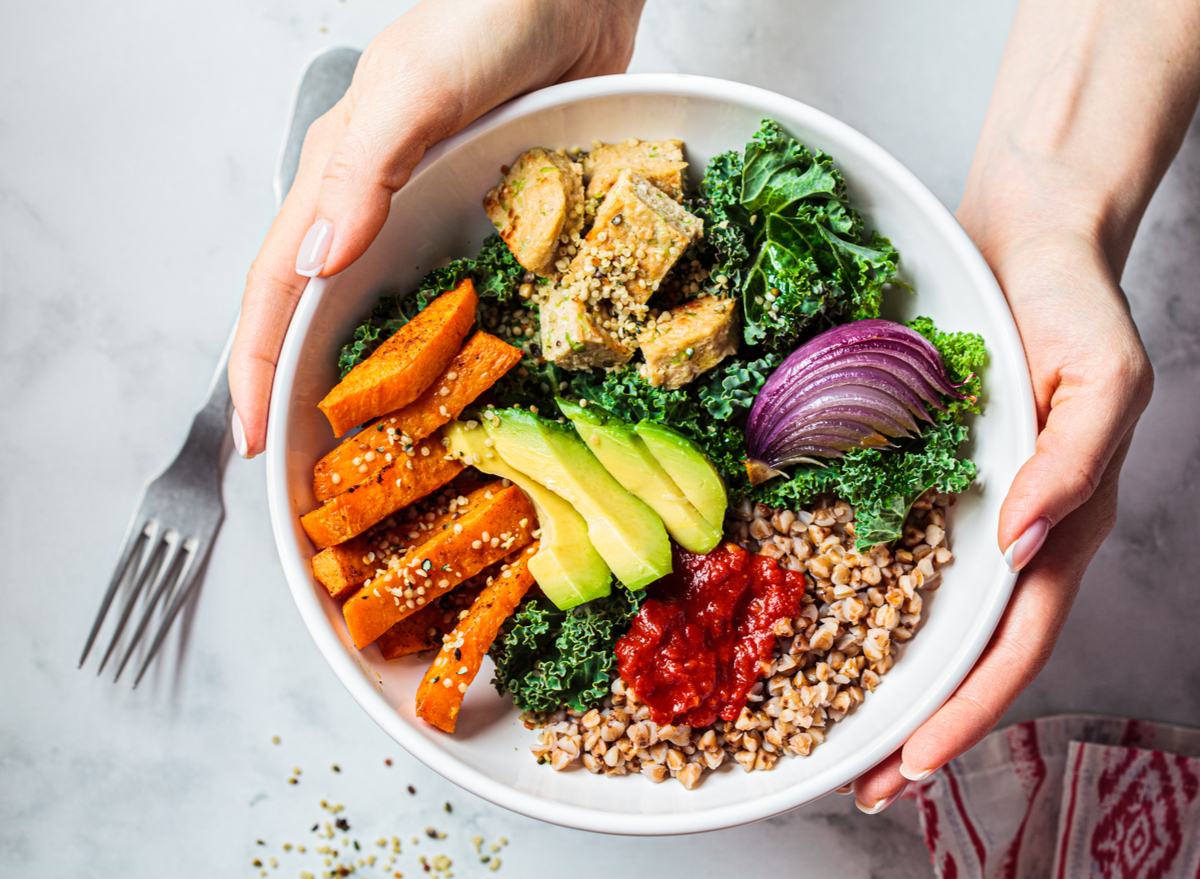
Staying lean as you get older gets harder and harder each year, especially if you're over 50. A 2013 review by the Agency for Healthcare Research and Quality found that the average weight gain is 1-2 pounds per year–and while it may not seem like that much, over time that can quickly add up.
If you're looking to maintain a lean physique as you age, the #1 eating habit you should do is to make sure you're eating protein at every meal.
"One of the best habits to do after the age of 50 to maintain a lean body is to eat protein at each meal and snack," says Roxana Ehsani, MS, RD, CSSD, LDN, registered dietitian nutritionist and National Media Spokesperson for the Academy of Nutrition and Dietetics.
Ehsani explains that this is key because it requires calories to digest protein.
"So when you go to eat a piece of protein whether it's a piece of grilled chicken breast, fish filet, a hard-boiled egg, or a handful of edamame—these protein-rich foods temporarily rev up your metabolism when working to break down and absorb the protein," she says. "Therefore, helping you preserve not only your muscle mass, bone mass, but also help keep you lean—the more muscle mass you have the less fat mass you have."
Plus, she adds that muscle is more metabolically active than fat mass, which means the more you have, the more you could be burning throughout the day at rest or when exercising.
"As we age, our muscle mass slowly decreases as well as our bone mass, but one way to better preserve and prolong their health is by consuming sufficient protein at each meal too," she says, which is also backed up by research.
To add more protein to your diet, Ehsani has a few suggestions for you. Read on, and for more on how to eat healthy, don't miss Eating Habits to Lose Abdominal Fat As You Age, Say Dietitians.
Take an inventory of what you typically eat.
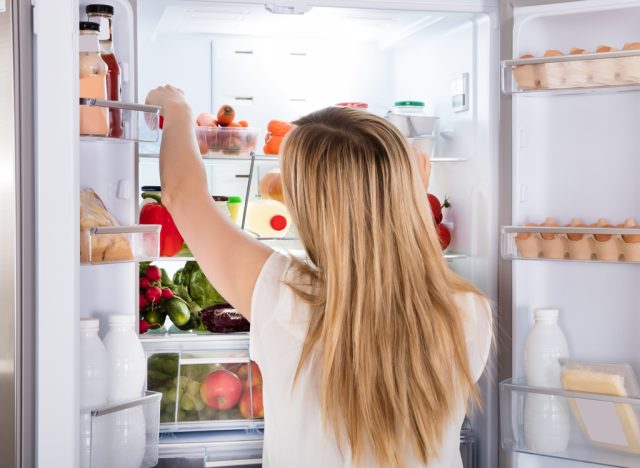
"Are you eating enough protein and including a protein-rich food at each meal? Snack time? If you have a meal tracking app, you could also track it there too and see how many grams of protein you are consuming at each meal," she says.
Add protein to foods that are not protein-rich.
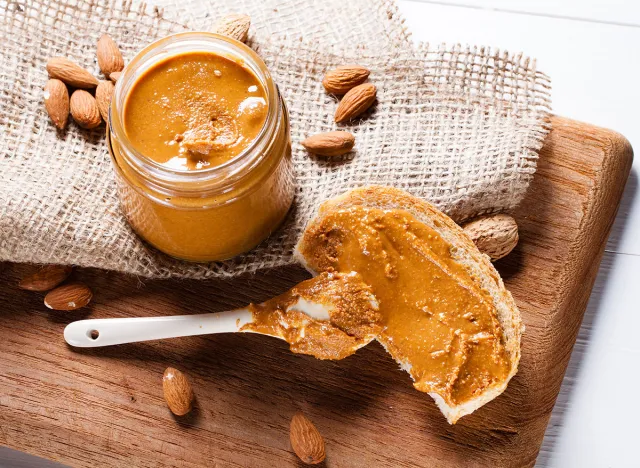
"If you typically have pancakes or a piece of toast for breakfast for example, what are you including with it? Are you adding a smear of peanut butter or almond butter or adding in an egg or two? If so, you might be good at breakfast when it comes to protein," says Ehsani. "If you are just adding butter or cream cheese, that likely isn't enough protein. If you are consuming a whole wheat pancake or sprouted toast for example, it might actually have a decent amount of protein, so it really depends on what you are eating."
Pack your lunch with protein.
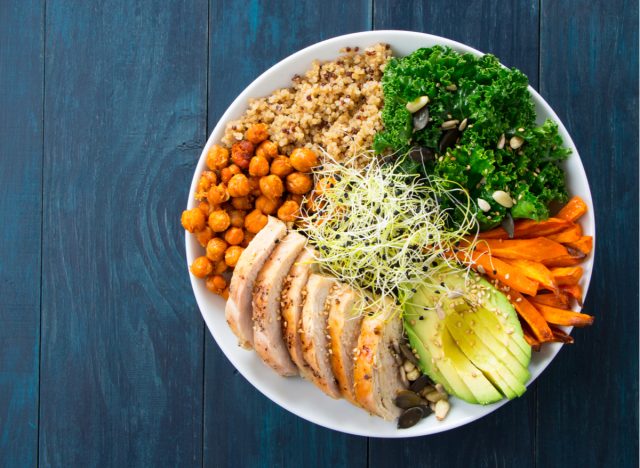
"Do you include a source of protein at lunch and sufficient amounts of it? For most people, 3 oz of protein (or between 15-20 grams of protein per meal), which is equal to the size and thickness of a deck of cards is enough to include at each meal," says Ehsani. "So if you're just sprinkling some chickpeas on your salad at lunch, that might not be enough protein."
Take a look at your snacks.
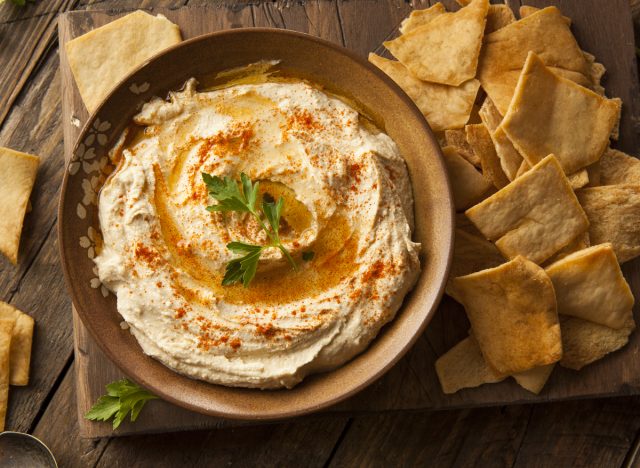
"Are you just having chips? Or just having fruit? Try to add in hummus, a black bean dip or add a handful of pistachios, walnuts, pumpkin seeds, or a cup of cottage cheese," suggests Ehsani.
Add plant-based proteins.
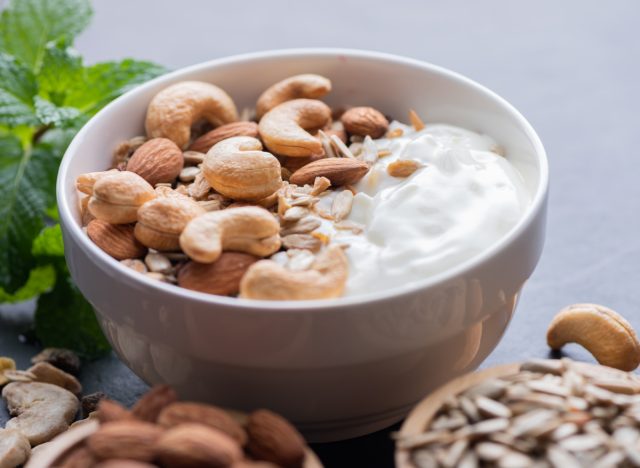
Remember adding more protein into your meals and snacks doesn't mean you need to only eat animal sources of protein—you can get sufficient protein from eating plant-based sources of protein too like edamame, tofu, seitan, Greek yogurt, cottage cheese, nuts, seeds, sprouted grains or breads," says Ehsani.
Finally, don't rule out working with a Registered Dietitian Nutritionist to determine your specific protein needs and what your goals should be for protein intake. (You can find an RDN by visiting eatright.org, and clicking the "Find An Expert" tool.)


